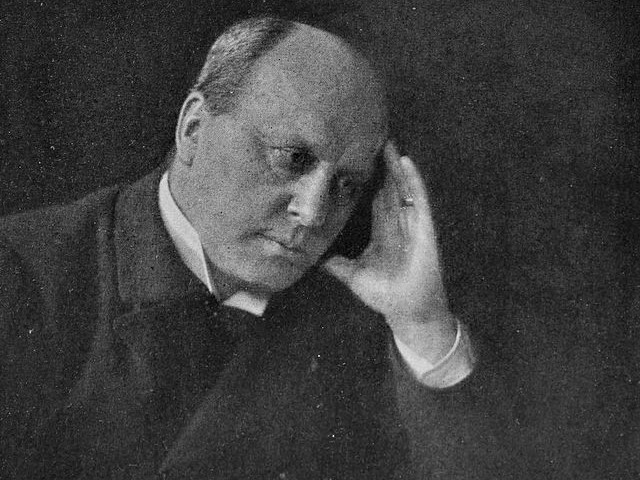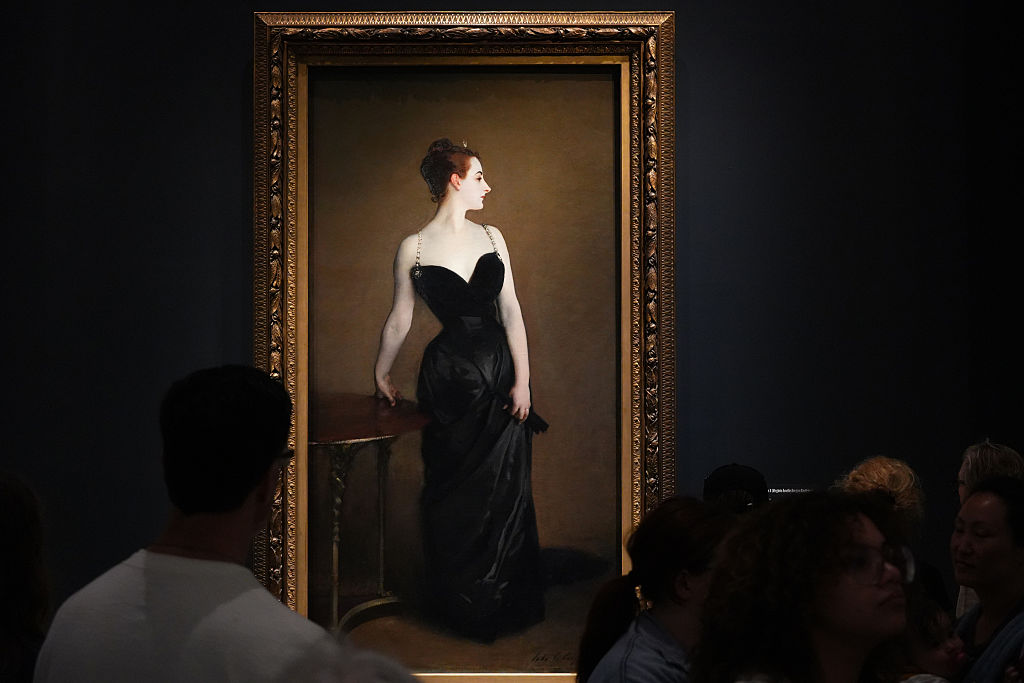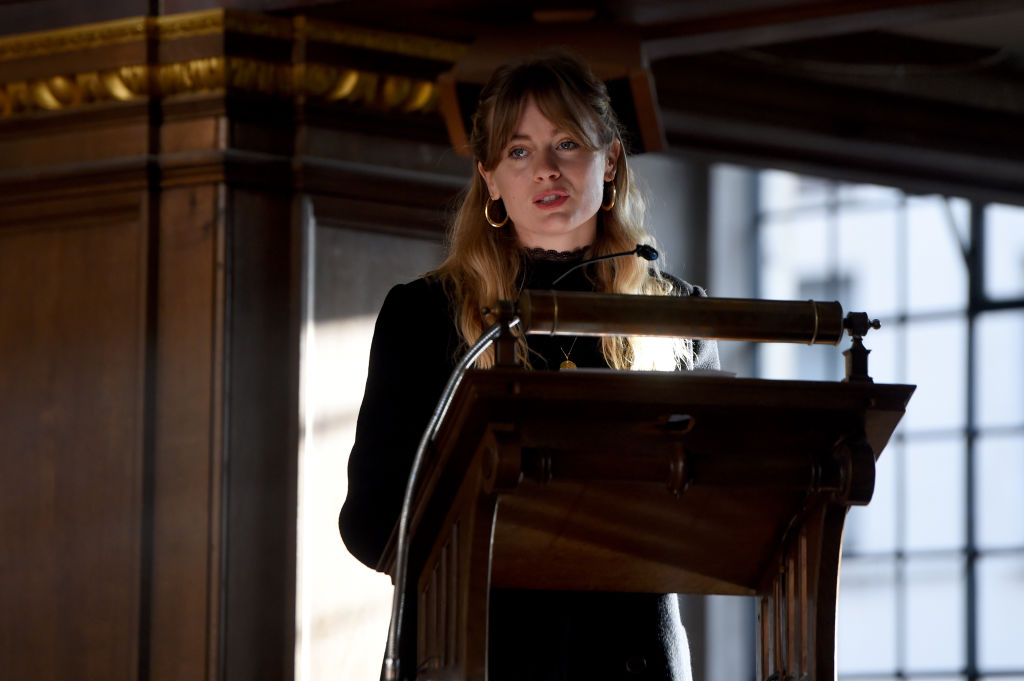If you have a graduate degree in English, I’ll bet you my neglected copy of Jacques Derrida’s Dissemination, you’ve read Henry James’s The Turn of the Screw. It’s long been a favorite of critics because we don’t really know what happens in the end — everyone loves a puzzle — but the postmodern critics love it big time. You can superimpose any half-baked theory with impunity because no one will call you on it. In 1995, Wayne Booth wrote that he found more than 500 books or articles on the novella before he got tired of adding them up. It’s easily double that now.
That’s not to say it’s a bad story. Quite the opposite. I think it’s one of James’s best. It is also a good example of how James has been misunderstood.
James’s intricate syntax and psychic realism has made him a favorite of English profs. Ruth Bernard Yeazell admits in a recent issue of Dædalus that “it was only the other day that I realized how closely I associate him with the classroom . . . Not that James himself ever wrote for the classroom. His own experience of the institution was, to say the least, erratic.” Yet, he loved to talk about stories and wrote works that created a space for discussion. As Yeazell puts it: while “there is no reason to think that James wrote for the classroom, there is abundant reason to think that vigorous discussion was for him the very lifeblood of the novel.”
True enough, and we see that discussion taking place for James in his letters. As far as The Turn of the Screw is concerned, however, James’s primary interest is not the political or philosophical ideas he was trying to capture in the text, but the aesthetic effect of the story — how to make it a “heart-shaking” tale.
He wrote to Louis Waldstein shortly after the novella was serialized in Collier’s Weekly in 1898 that “I can only rather blush to see real substance read into” it. Where “there is life, there’s truth,” he admits, but his main concern was how to make something “so hideous” into a successful story. His approach is “always of the artist, the painter.” James wrote much the same thing to both H.G. Wells and F.W.H. Myers. He tells Myers that “The T. of the S. is a very mechanical matter, I honestly think — an inferior, a merely pictorial, subject and rather a shameless pot-boiler. The thing that, as I recall it, I most wanted not to fail of doing… was to give the impression of the communication to the children of the most infernal imaginable evil and danger… This was my artistic knot to untie.”
This isn’t to say that The Turn of Screw is nothing more than a “shameless pot-boiler,” but it is a Christmas ghost story, and Christmas ghost stories must please. The touchstone Jamesean ambiguity that critics make so many cakes out of is primarily in the service of the aesthetic effect in The Turn of the Screw. He had to suggest some unstated but “imaginable” evil for the story to work — for it to be a story that is “strangely gruesome” rather than merely “hideous.”
James first heard the nut of the tale from the Archbishop of Canterbury, Edward White Benson, who had forgotten most of the details and butchered it one evening shortly after Christmas. The reason the Archbishop told the story, James writes, was because “talk turned . . . to apparitions and night-fears” and “to the marked and sad drop in the general supply and . . . general quality” of such stories: “The good, the really effective and heart-shaking ghost-stories . . . appeared all to have been told, and neither new crop nor new type in any quarter awaited us.” The modern ghost story was too clinical — “washed clean of all queerness as by exposure to a flowing laboratory tap.” Hence, the genesis of The Turn of the Screw.
The story follows a governess who is caring for two children, Miles and Flora, in a country house. It is told from the governess’s perspective. She begins to see people on the grounds she doesn’t recognize. She learns from the help that the previous governess, Miss Jessel, had a relationship with one Peter Quint and that both Miss Jessel and Quint had spent a lot of time with Miles and Flora. The governess becomes increasingly worried that the ghosts of Jessel and Quint are trying to reconnect with the children from beyond the grave to corrupt them somehow, and we’re off and running.
If you’ve never read it or only read it in graduate school (which is probably the same thing), give it a try around the ole yule log this season.

























